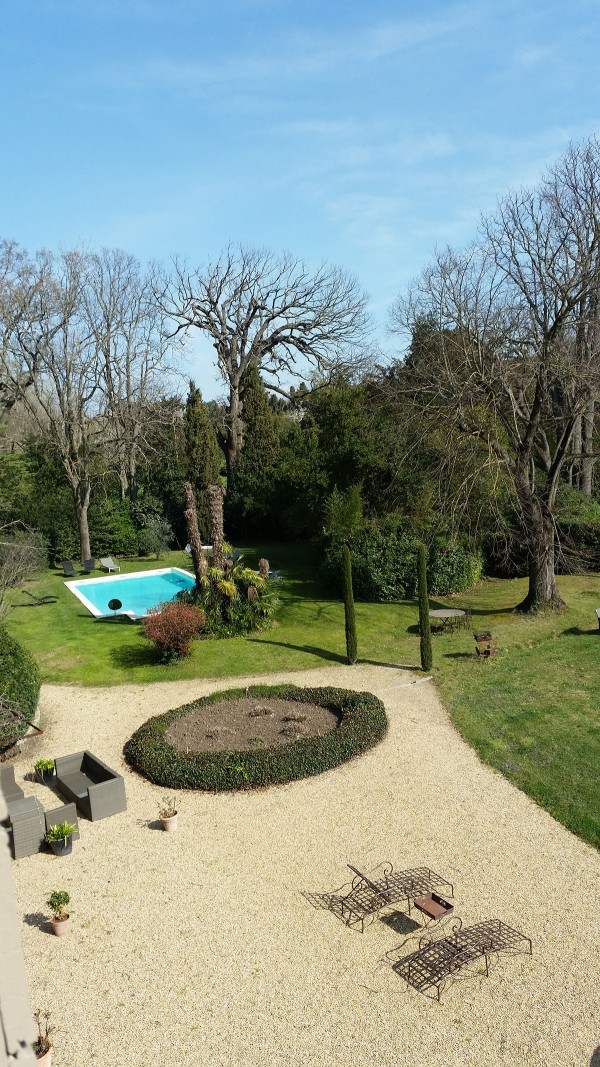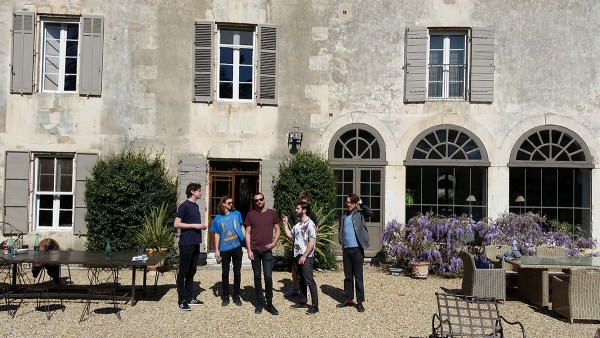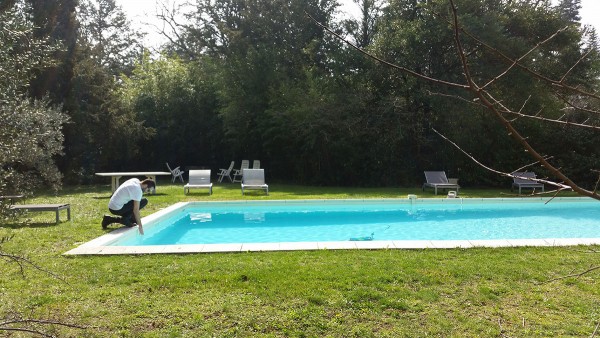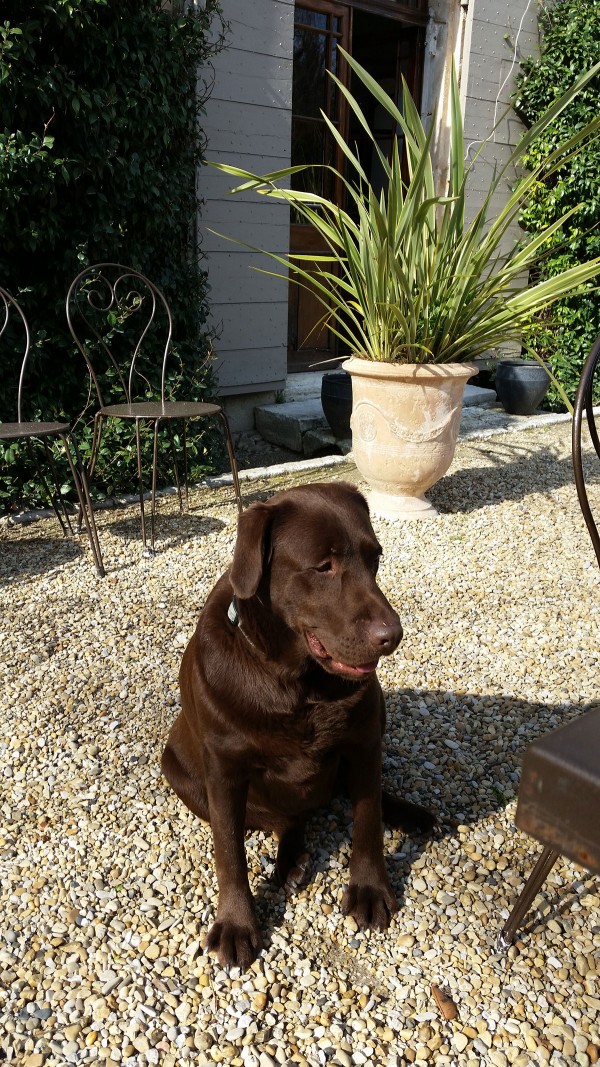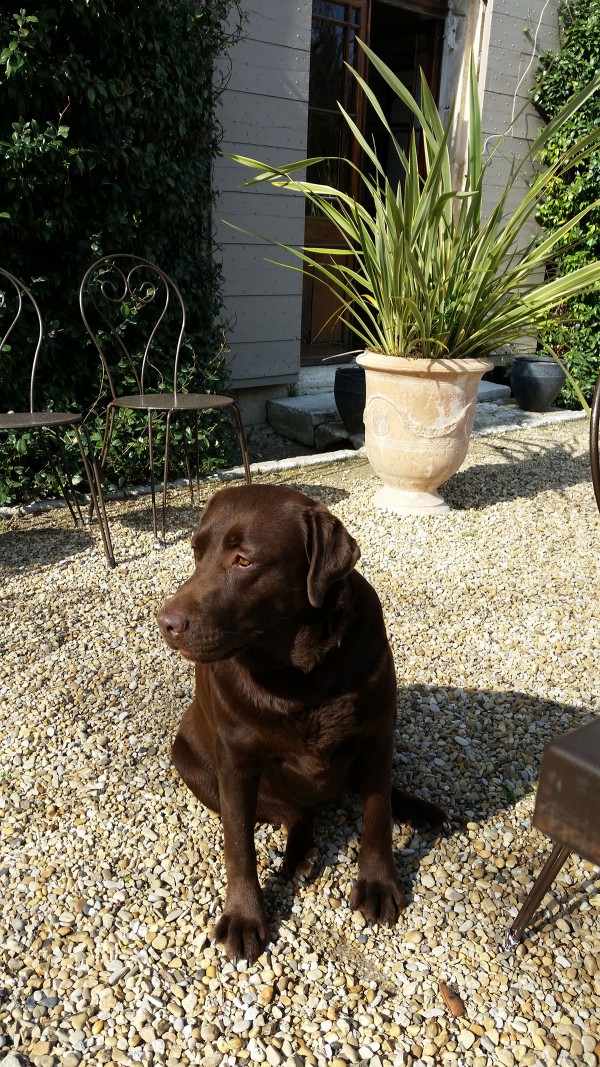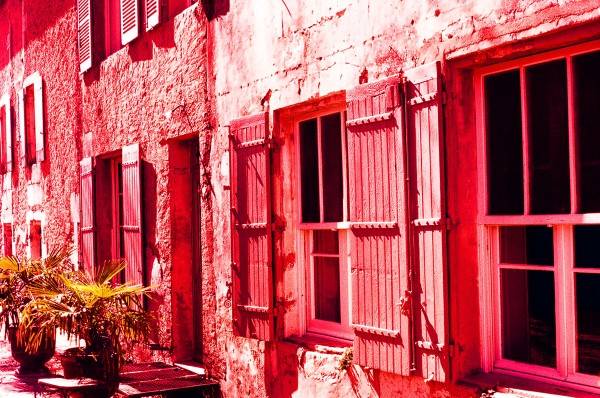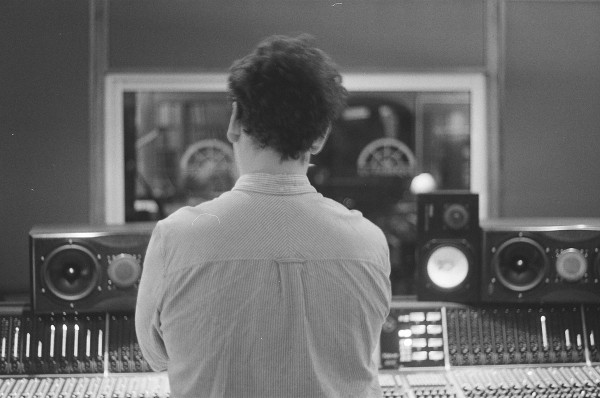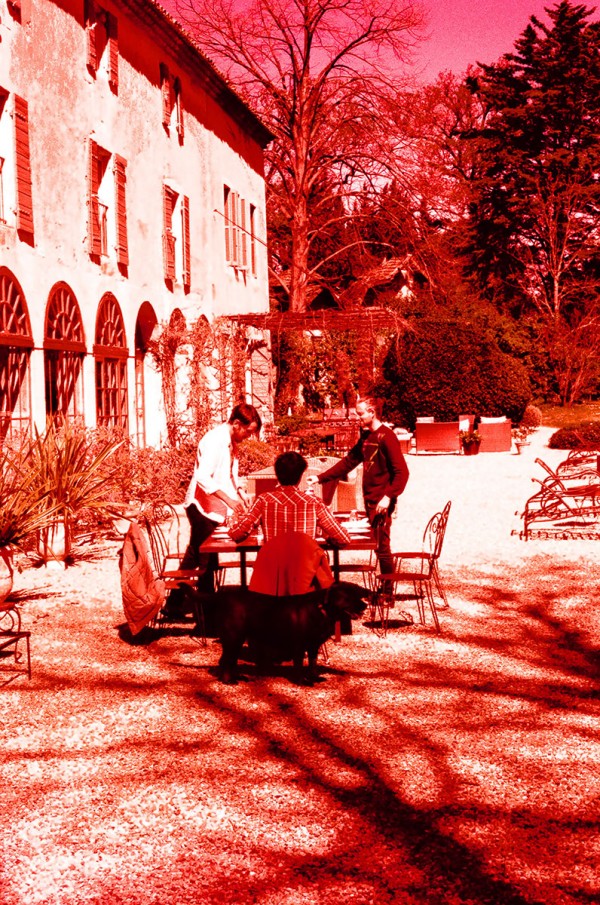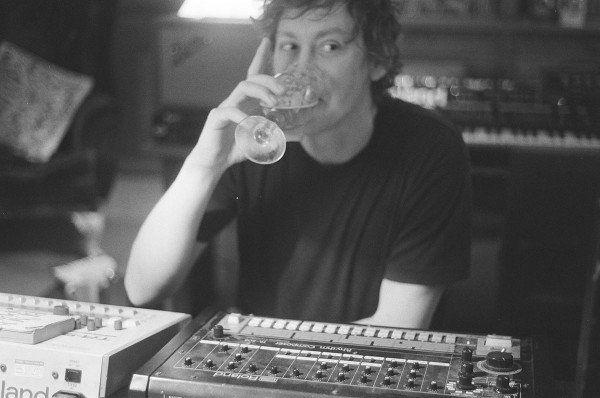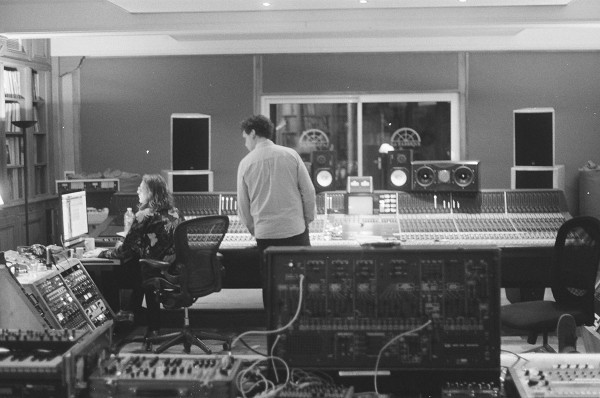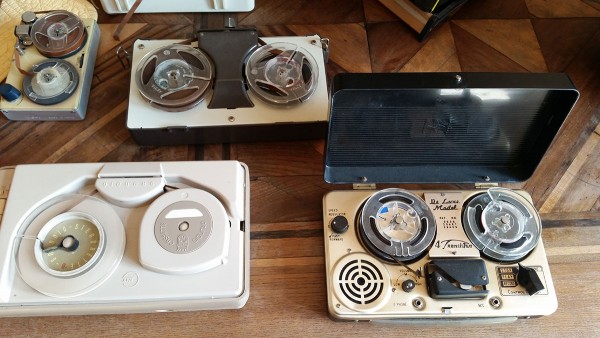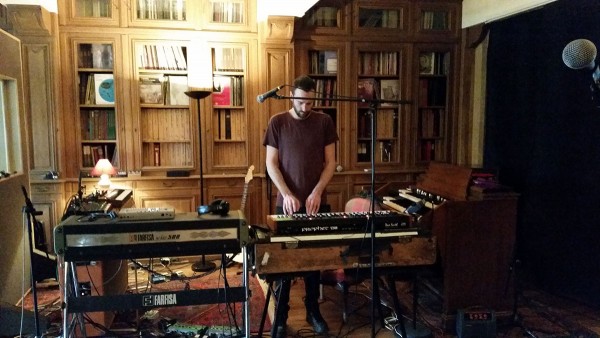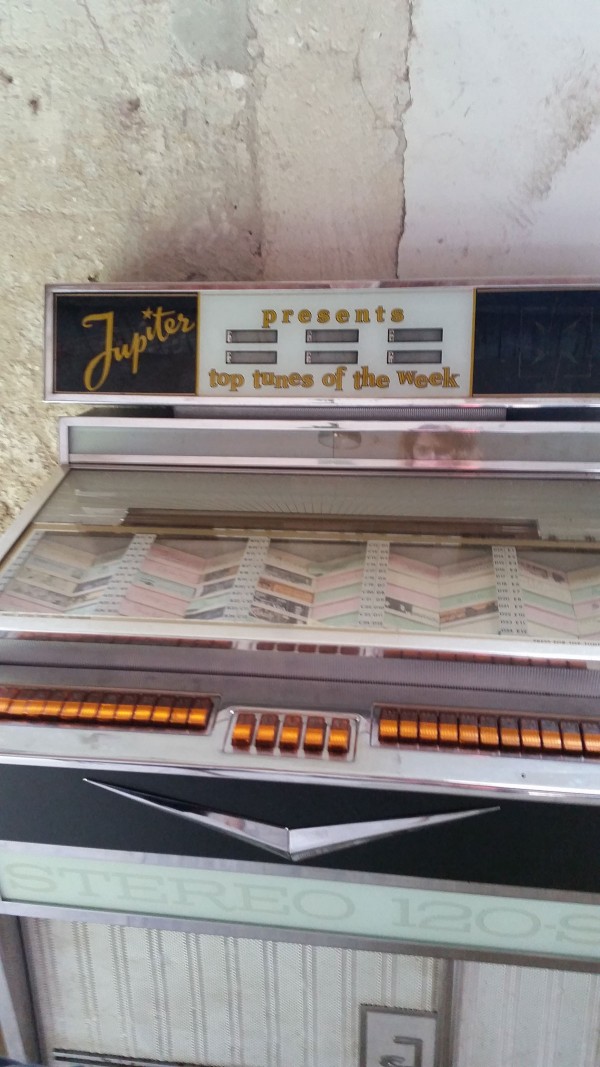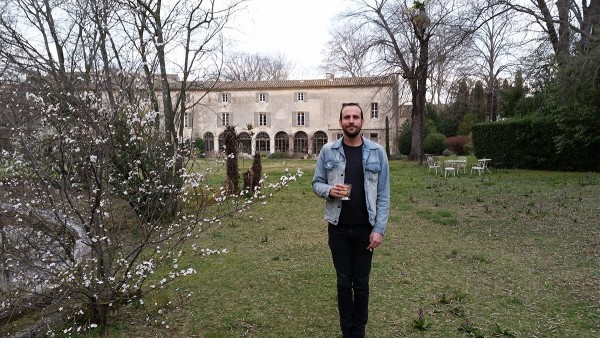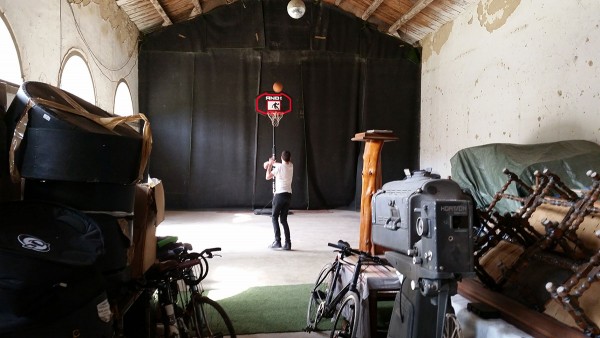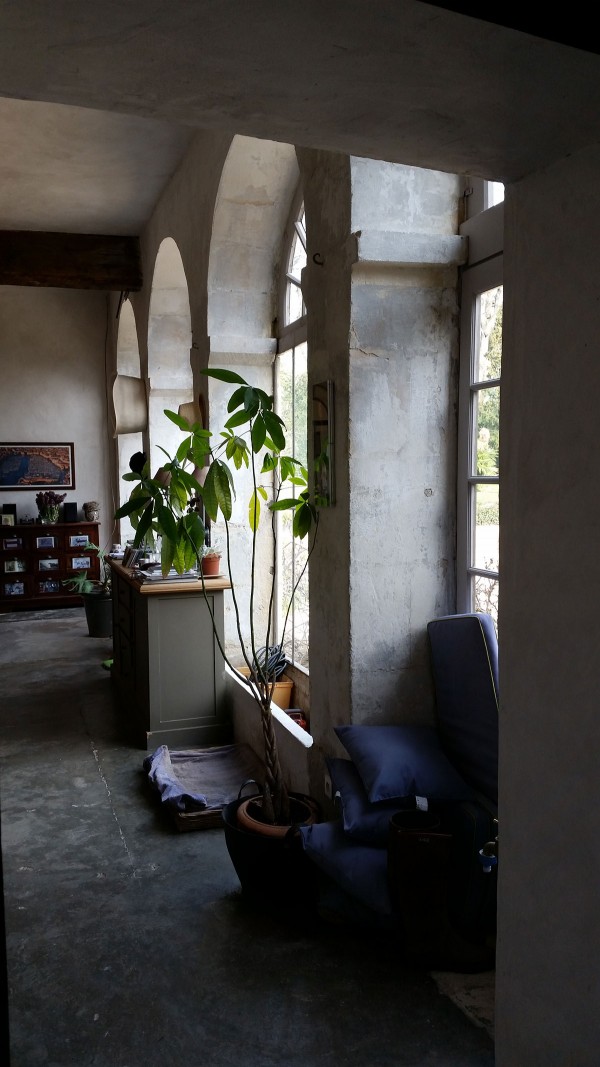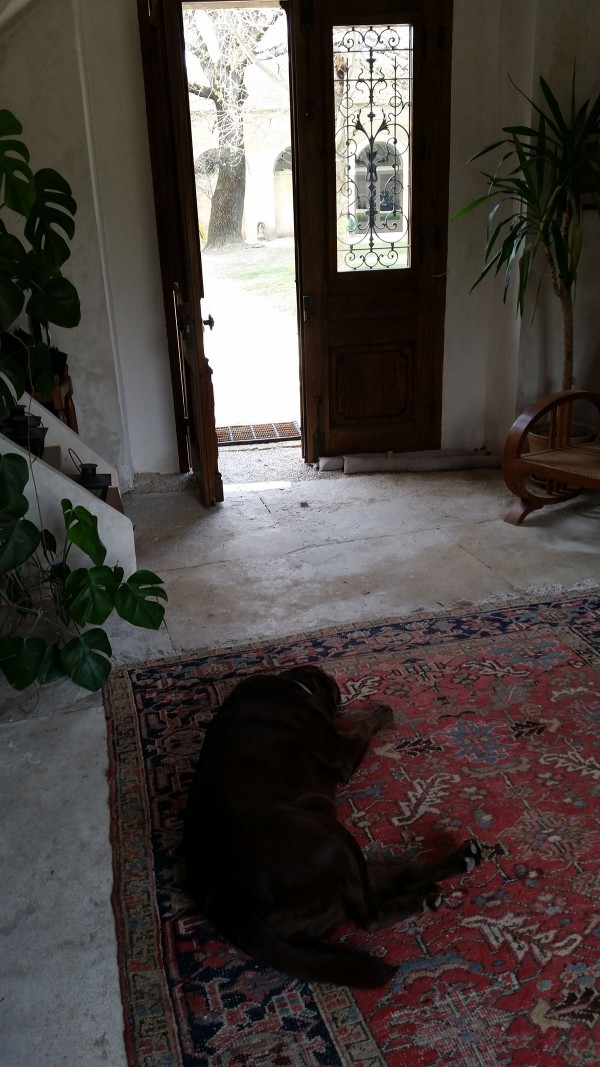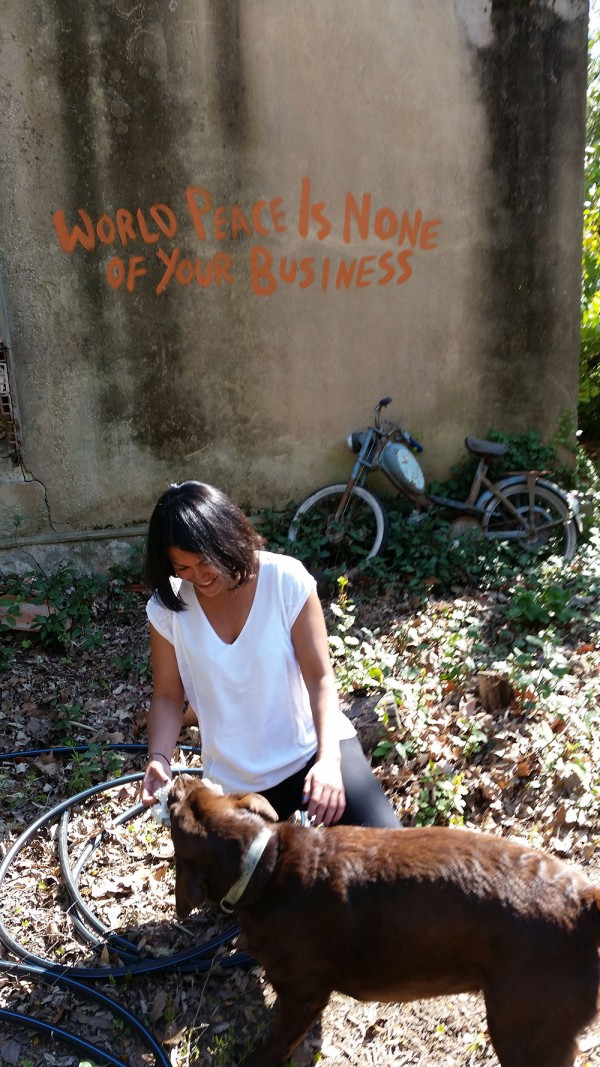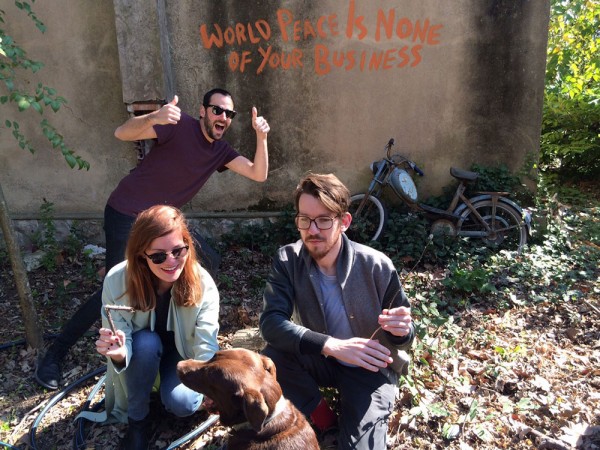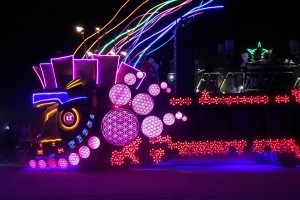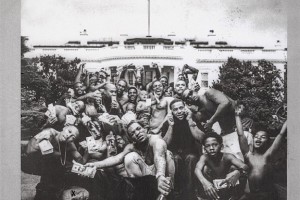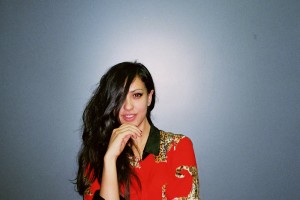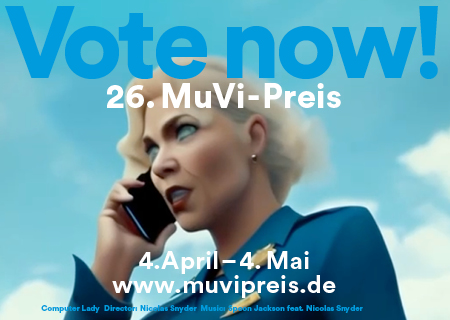‘Mr. Morrissey, did you like your stay here?’
Paula scratches her head, then looks out over the glistening surface of the frog pond for a very long time. Her gaze is slightly melancholic, her posture relaxed. A few months ago, she was on giant billboards all over London and New York, she is often surrounded by stars, and an Instagram photo of her just got thousands of likes; but she is clearly very grounded and doesn’t give a flying fuck about fame. All she cares about is food, especially roasted chicken, one of the local chef’s specialties – although Morrissey himself tried to make her go vegan. She was actually also the cover girl for his last album, hence her global presence. Oh, and she ate Shakira’s sandals. Oops.
Paula is a brown labrador, a trend dog of the late 90s, but while her fellow labradors would excitedly mince around their quilted vest family, she mainly lies in the sun, looks at balls pretending she doesn’t know what you do with them and takes morning walks around her huge territory: the grounds of La Fabrique, a recording studio in St. Remy de Provence.
Meadows, a pool, an overgrown ruined little house (where she had that special moment with Morrissey that would later become the cover of his album), more meadows with a donkey and a pony (sometimes artists recording here have to help catching the cheeky duo, they always want to get away), paths through bamboo groves, rusty antique motorbikes – here, the common interview question about the influence of the environment on the recording experience really makes sense for once. For the building with the picturesque grey-green shutters is not only home to the studio and 12 bedrooms, but also to 200.000 records: the world’s biggest collection of classical music on vinyl, built by the legendary music and film critic Armand Panigel, who lived here until the 90s. As if that wasn’t enough, the three-storey attic is full of giant film rolls from the early days of cinema, some of them not even catalogued– if you were a nerdy kid, its dusty shelves and weird objects are like your childhood dreams come true.
The way from breakfast to the studio leads you through even more media history, past a room full of VHS tapes of obscure 80s TV shows and into the old library, the heart of the studio: its control room, which you might have seen in Nick Cave’s half-fictional documentary 20.000 Days on Earth, holds thousands of books and scores – and more records. Right now, it is also holding James Ford of Simian Mobile Disco, who is producing the new Foals album. In the next room, amidst a collection of grammophones, the band is experimenting with microphones that look like they’re from the 50s. But compared to the ground you’re walking on, the toys in this audio wonderland are actually quite young: the stone furrows cutting across the floor of the room are part of a medieval oil press that Hervé discovered under the floor boards of the house, and that house used to be a factory where Napoleon’s army’s uniforms were dyed. If this place is haunted, then surely not only by Panigel.
Maybe, I’m thinking, when there are that many stories, you should actually talk to the studio instead of the band for once. And so I sit down by the pond with Hervé and Paula, and while it’s getting darker and the horny frogs, now immortalised on the new Foals album, are croaking louder and louder, Hervé is telling me the story of La Fabrique:
 “I used to be a sound engineer and producer myself; when I was 25, I opened my first studio in an old cinema in Paris. But after a while, I had this idea of an international residential studio, a studio where musicians come not only to record, but to live and to work for a while. After long periods of planning and calculating and the first failed attempts – the mayor of Aix en Provence, for example, didn’t want us – we found this magical place here through a friend. And that was kind of, I’m not sure how to say this in English, that was s’écrit, already written somewhere.
“I used to be a sound engineer and producer myself; when I was 25, I opened my first studio in an old cinema in Paris. But after a while, I had this idea of an international residential studio, a studio where musicians come not only to record, but to live and to work for a while. After long periods of planning and calculating and the first failed attempts – the mayor of Aix en Provence, for example, didn’t want us – we found this magical place here through a friend. And that was kind of, I’m not sure how to say this in English, that was s’écrit, already written somewhere.
When a friend first told me about the Fondation Panigel and this building, I tried to get all the information I could, but that was the 90s, it wasn’t as eays as nowadays. Then I had a meeting in Paris with a manager of a rock’n’roll band I produced, and he overheard me talking to my friend on the phone, and said: ‘Oh, La Fabrique! This used to be my grandfather’s house!’ And he thought my plans were perfect for the place. When we first got here, this park was like a jungle. The house was totally overgrown; plants crept up all the way up onto the second floor and into your current bedrooms. Armand Panigel’s widow had been living here on her own in the end. My son was only 13 when we arrived here, but he helped me to slowly renovate the whole place, year after year.
There were so many treasures and places to discover, but also so much to do. We did all the plumbing ourselves, for example. Only in 2007, we were finally able to open the studio. Since 2010, we have been doing what we call ‘The Masterclass’, a workshop for producers. It’s going well, but a studio like this is no place to make money; we invest everything in new equipment, new projects and the old house itself.
Technically, this might not be the best studio in the world, but I think it is great for much more than just the recording process: it is a unique place for writing and composing. It is really like being in another world. Every band member can be in a different place all day here if they want to; the shape of the building and the grounds are perfect for that. And you get so many different acoustics depending on if you record in the mill or the old staircases or the wooden rooms. I was talking to a French A&R the other day, and he said ‘For the same price, we can rent a better studio’, and when I said it is about the environment much more than the equipment, he said ‘But you can’t listen to the environment.’ And I think that this is absolutely untrue.
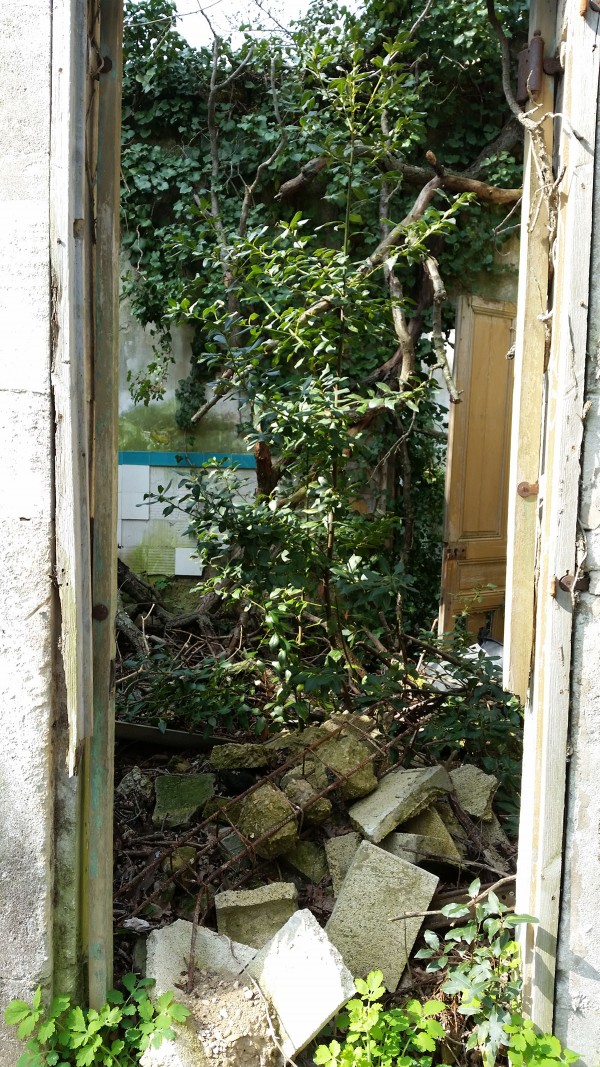 The plant you can still see in growing in the yard, the garance, was used to produce red color. Napoleon wanted his soldiers to have red uniforms so the blood would be less visible on them, but it had the deadly effect that soldiers themselves were way too visible. The building you can see now is from 1819; after it had been this fabric factory, it became a farm. Having all this history, but also the collection around you when recording does make a big difference to the artists here, I think. We don’t even know all of the films hiding in the attic.. there are some copies of Renoir films, some Fritz Langs. Music and films are not so much tied to material anymore nowadays, but as you can see with the new popularity of vinyl, we also seem to miss it.
The plant you can still see in growing in the yard, the garance, was used to produce red color. Napoleon wanted his soldiers to have red uniforms so the blood would be less visible on them, but it had the deadly effect that soldiers themselves were way too visible. The building you can see now is from 1819; after it had been this fabric factory, it became a farm. Having all this history, but also the collection around you when recording does make a big difference to the artists here, I think. We don’t even know all of the films hiding in the attic.. there are some copies of Renoir films, some Fritz Langs. Music and films are not so much tied to material anymore nowadays, but as you can see with the new popularity of vinyl, we also seem to miss it.
Morrissey was very quiet, he stayed here for six weeks and we had the same conversation every day: ‘How are you?’, ‘Very well, thanks.’ On the last day, we had a bottle of champagne together, and I finally asked: ‘Mr. Morrissey, did you like your stay here?’, and he sayed ‘No..’, and there was a break, and then he said ‘It was just.. ecstatic.’ Nick Cave and Herbert Grönemeyer said similar things. I think it was a very personal experience for everyone. Herbert brought his whole family for a holiday.
I love to see how very different things happen here at the same time; in Foals’ first week here, French artist Camille was still here, recording with Hans Zimmer for a soundtrack to a film version of Antoine de Saint-Exupérys Petit Prince. We would like to do more to connect bands; to turn La Fabrique into a creative meeting point for different artists. There are other projects, too:
Last year we organized a little festival, it was called ‘Festival de la Bande Original’, the soundtrack festival – every night, we had a concert and a big dinner here in the yard, and while the people had dinner, we showed a film on a 35mm projector.
We’d also like to start a radio show, and the concept would be to never play the same song twice, which is totally possible with the collection we’ve got. Also, this place is a bit like an achive for Comparative Music Studies – you can study how the same piece, the same structures are interpreted differently by different artists and orchestras. That is what fascinated Panigel, too, and that is why he spent every Sunday for 38 years talking about this on the radio. There is no way to listen to music except through an interpretation.”
Later that evening, Hervé and Isabelle proudly show their collection of empty wine and champagne bottles signed by artists and producers on the last day of their stay. The way this „golden book of bottles”, as Hervé calls it, takes up every square centimeter of their private kitchen shows how closely the Le Guil’s life is connected to their work; everyone working here is actually treated as family, and there are a lot of barbecues in the garden. Isabelle is telling some anecdotes regarding the topic of rockstars at the kitchen table: when Morrissey insisted on eating only from real silver cutlery, Grandma Le Guil came all the way from Paris to bring her own; not to mention that all animal products had to be evicted from the household. It’s not known if Paula actually adhered to this. She most definitely had another 15 seconds of fame, though: in Créme Anglaise, the making of the Foals album What Went Down, she does her signature melancholic look for the camera – an early 90s Panasonic VHS camera by the way, whose grainy homevideo images fit to the collection next door, and all the loops and layers of history around us.
- Remodeling
- a Morrissey Cover









